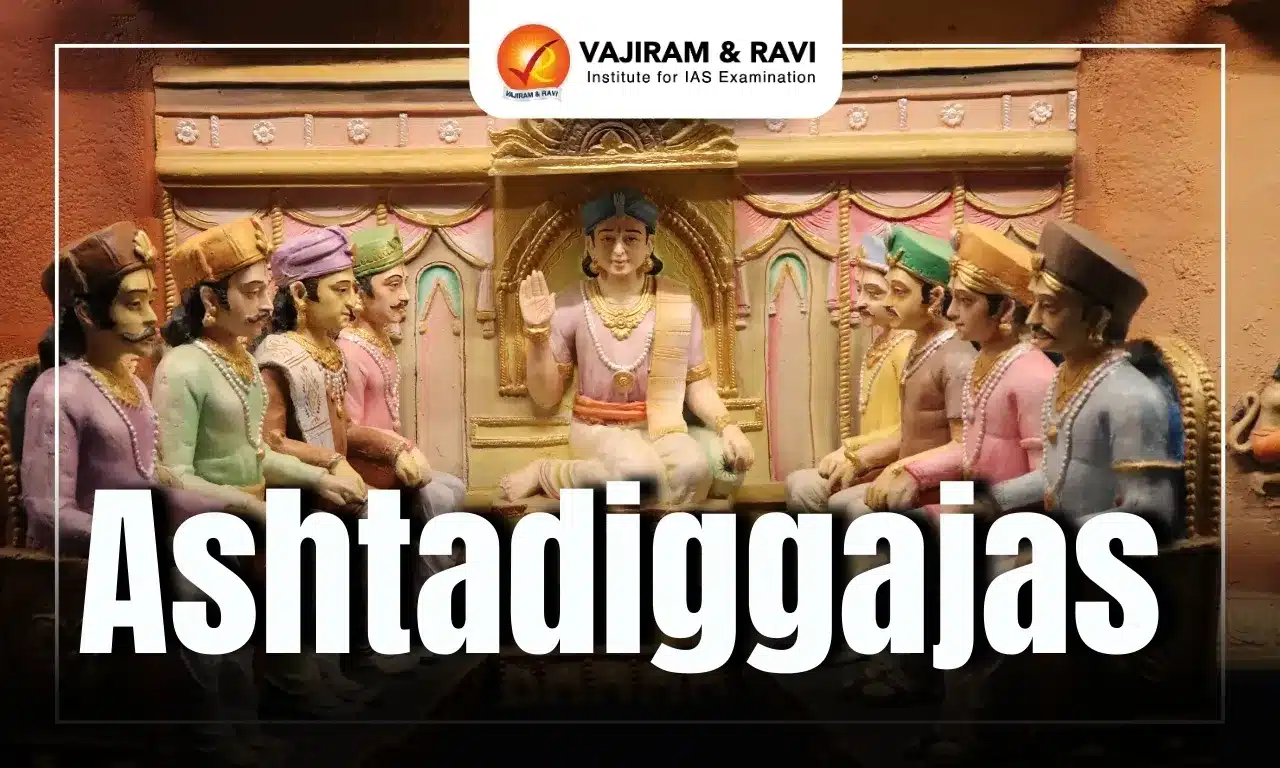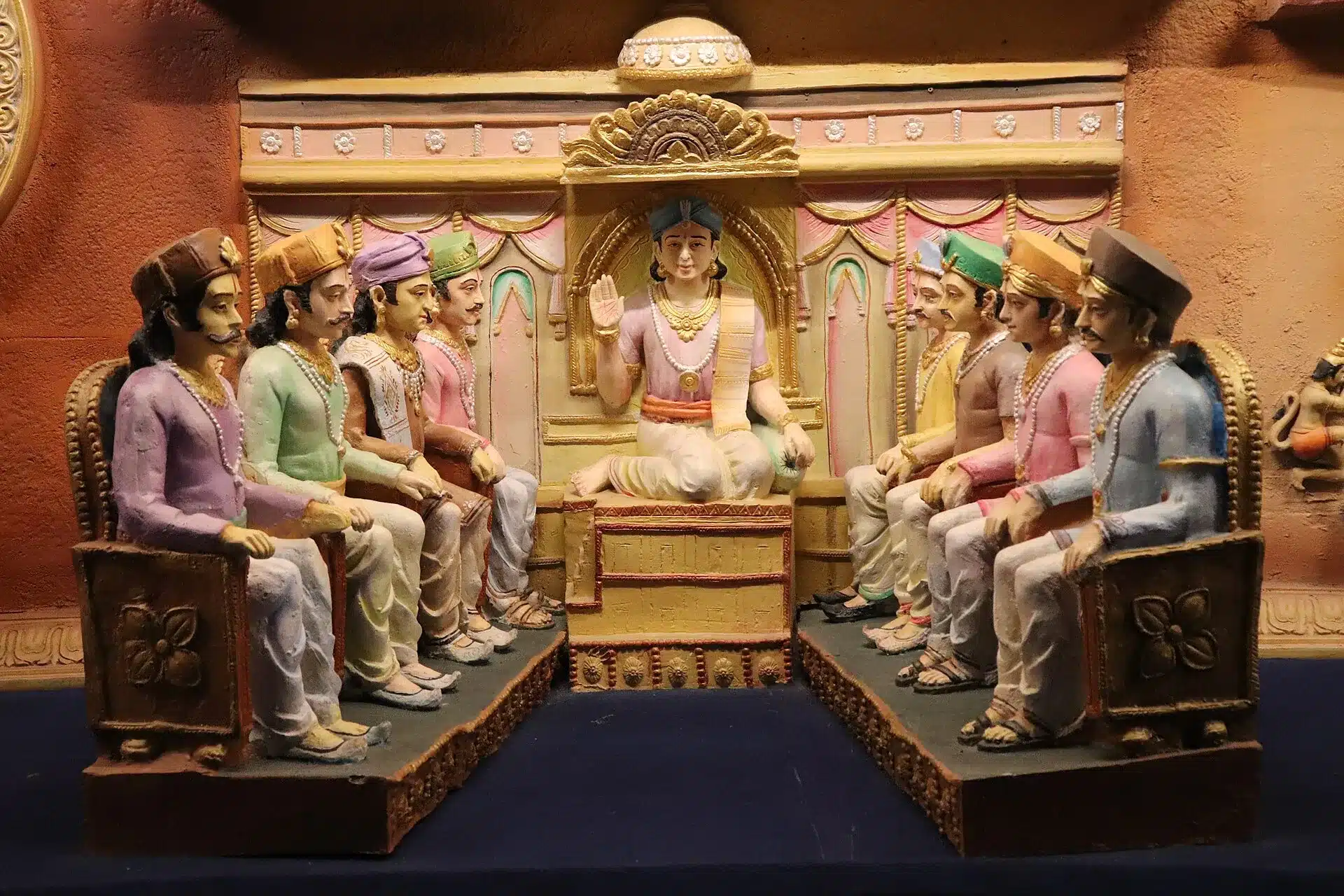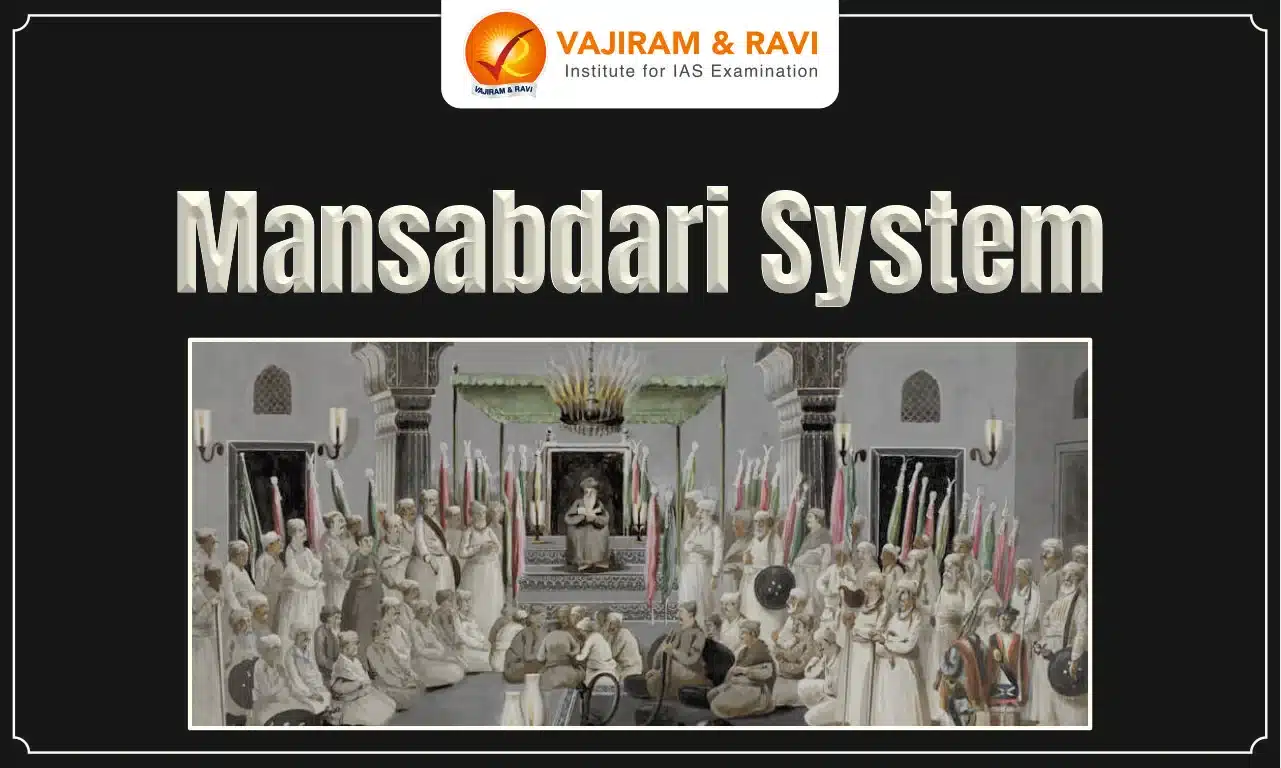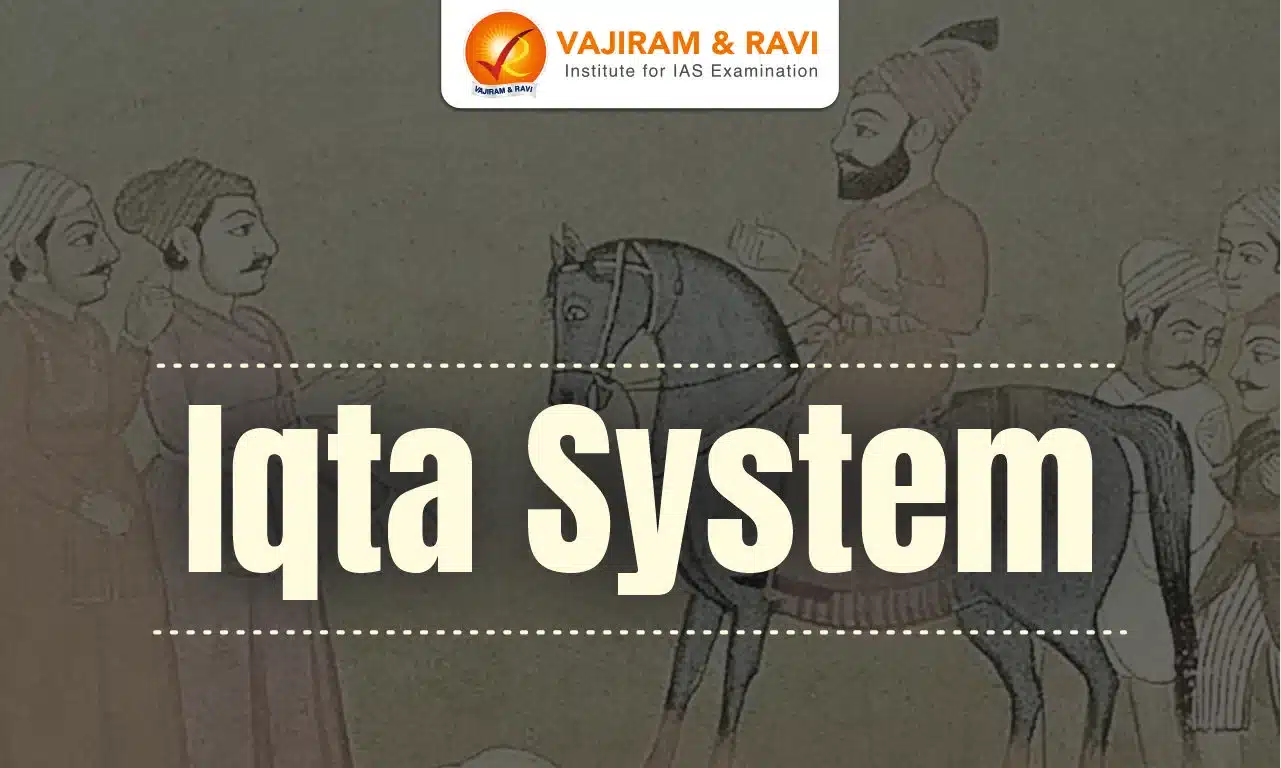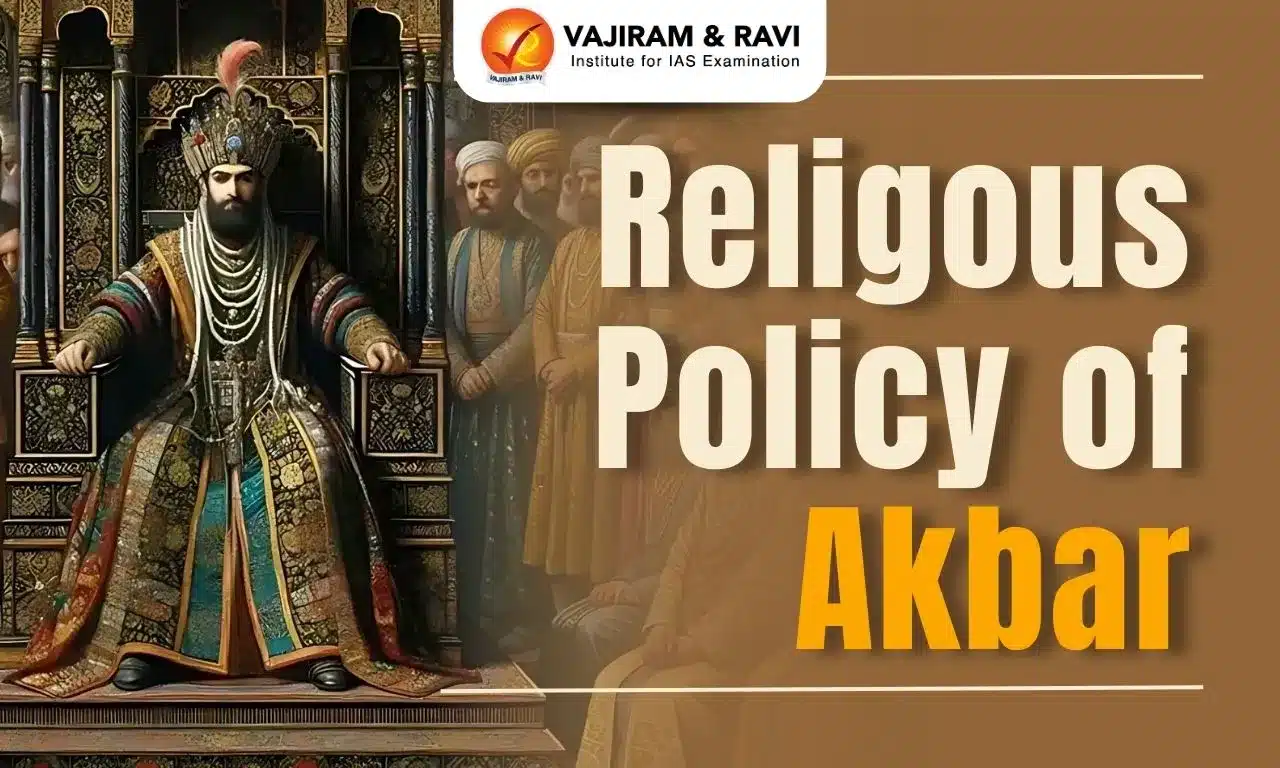The Ashtadiggajas were eight distinguished poets and scholars who thrived in the court of Krishnadevaraya, ruler of the Vijayanagara Empire from 1509 to 1529. Regarded as pillars of the imperial literary assembly, they played a pivotal role in shaping the golden age of Telugu literature. Most hailed from Rayalaseema, with notable figures such as Allasani Peddana, Dhurjati, and Nandi Thimmana contributing to the flourishing of the culture.
This era, known as the Prabandha Age (1540 CE–1600 CE), marked the zenith of Telugu culture and literature. Each Ashtadiggaja contributed at least one Prabandha Kavyamu, which helped define the genre in its present form.
Astadiggajas of Krishnadevaraya Overview
Krishnadevaraya (1471–1529), the illustrious ruler of the Vijayanagara Empire, reigned from 1509 to 1529, leading the empire to its peak with territorial expansion, political stability, and victories like the conquest of the Raichur Doab. His governance emphasized strict administration, economic reforms, and public welfare, boosting agriculture and infrastructure.
- Patronage of Arts and Literature: A patron of the arts, Krishnadevaraya supported literature in Telugu, Kannada, Sanskrit, and Tamil, fostering a golden age of creativity.
- Literary Contributions: As a writer, he authored works like Amuktamalyada in Telugu and Sanskrit compositions including Madalasa Charita.
- Religious Devotion: His devotion to Lord Venkateshwara inspired significant contributions to the Tirumala and Srisailam temples, cementing his legacy.
What are Ashtadiggajas?
The Ashtadiggajas were a group of eight eminent poets and scholars in the court of Krishnadevaraya, the ruler of the Vijayanagara Empire (1509–1529 CE). The term "Ashtadiggajas" translates to "Eight Elephants of the Directions," symbolizing their intellectual might and significance in the cultural sphere, akin to the mythical elephants guarding the eight cardinal directions in Hindu cosmology.
Astadiggajas Detailed Profile
Ashtadiggajas of Vijayanagara Kingdom symbolized unparalleled literary excellence and were referred to as Bhuvana Vijayam, meaning "Conquest of the World." They often adapted lesser-known stories from the Puranas as the foundation for their major literary works, crafting intricate and imaginative Kavyas. Their contributions spanned the three types of Prabandham—Prakhyatam (famous stories), Utpadyam (purely fictional tales), and Misramam (mixed narratives).
- Members: The distinguished members of astadiggajas included
- Allasani Peddana
- Nandi Thimmana
- Madayyagari Mallana
- Dhurjati
- Ayyalaraju Ramabhadrudu
- Tenali Ramakrishna
- Ramarajabhushanudu
- Pingali Surana.
|
Poet |
About |
Literary Works |
|
Allasani Peddana |
Known as "Andhra Kavita Pitamahudu" (Grandfather of Telugu Poetry) and pioneer of Prabandha poetry. |
Svarochisha Manu Sambhavam (Manu Charitra), based on the Markandeya Purana. |
|
Nandi Thimmana |
Called "Mukku Thimmana" for his poem on the beauty of a woman’s nose; known for simple and accessible Telugu poetry. |
Parijatapaharanam, a romantic poetic work dedicated to Krishnadevaraya. |
|
Madayyagari Mallana |
Accompanied Krishnadevaraya during military campaigns; his works depict military and romantic exploits. |
Rajasekara Charitram, detailing King Rajasekara’s life. |
|
Dhurjati |
Devotee of Shiva, honored as "Pedda Dhurjati," and known for composing numerous Chatuvus (stand-alone poems). |
Works dedicated to Srikalahastiswara, the deity of Srikalahasti. |
|
Ayyalaraju Ramabhadrudu |
Initially supported by Krishnadevaraya, later joined Gobburi Narasaraya’s court; also known as "Pillala Ramabhadrudu." |
Ramabhyudayamu, dedicated to Narasaraya; translated Krishnadevaraya’s works into Telugu as Sakala Katha Sara Sangraham. |
|
Tenali Ramakrishna |
Known as "Vikatakavi" for his wit and humor; played an administrative role in Krishnadevaraya's court. |
Panduranga Mahatmyam, a Kāvya on devotion and Panduranga's legend; Udbhataradhya Charitamu, narrative of Shaiva teacher Udbhata. |
|
Ramarajabhushanudu |
Originally named Bhattu Murthi, a skilled Veena player and protégé of Allasani Peddana. |
Vasucharita, celebrated for its use of Slesha (double meanings); Harischandra Nalopakhyanam, about kings Harischandra and Nala. |
|
Pingali Surana |
16th-century poet from Kanala village, Andhra Pradesh; prominent member of the Ashtadiggajas. |
Garuda Puranam, Prabhavatee Pradyumnamu, Raghava Pandaveeyam, Kalapurnodayamu. |
Astadiggajas Significance
The Astadiggajas, or "eight great scholars," were central to the cultural brilliance of Krishnadevaraya’s court, shaping a golden age of Telugu literature during his reign from 1509 to 1529. This illustrious group included Allasani Peddana, hailed as the "father of Telugu poetry," whose Manucharitra set new standards in poetic excellence, and Tenali Ramakrishna, renowned for his wit and engaging storytelling.
- Nandi Thimmana and Madayyagari Mallana enriched the Prabandha genre with innovative narratives, expanding its depth and appeal.
- Their works blended creativity, devotion, and intellect, reflecting the Vijayanagara Empire's grandeur and cultural vibrancy.
Last updated on December, 2025
→ Check out the latest UPSC Syllabus 2026 here.
→ Join Vajiram & Ravi’s Interview Guidance Programme for expert help to crack your final UPSC stage.
→ UPSC Mains Result 2025 is now out.
→ UPSC Notification 2026 is scheduled to be released on January 14, 2026.
→ UPSC Calendar 2026 is released on 15th May, 2025.
→ The UPSC Vacancy 2025 were released 1129, out of which 979 were for UPSC CSE and remaining 150 are for UPSC IFoS.
→ UPSC Prelims 2026 will be conducted on 24th May, 2026 & UPSC Mains 2026 will be conducted on 21st August 2026.
→ The UPSC Selection Process is of 3 stages-Prelims, Mains and Interview.
→ UPSC Result 2024 is released with latest UPSC Marksheet 2024. Check Now!
→ UPSC Prelims Result 2025 is out now for the CSE held on 25 May 2025.
→ UPSC Toppers List 2024 is released now. Shakti Dubey is UPSC AIR 1 2024 Topper.
→ UPSC Prelims Question Paper 2025 and Unofficial Prelims Answer Key 2025 are available now.
→ UPSC Mains Question Paper 2025 is out for Essay, GS 1, 2, 3 & GS 4.
→ UPSC Mains Indian Language Question Paper 2025 is now out.
→ UPSC Mains Optional Question Paper 2025 is now out.
→ Also check Best IAS Coaching in Delhi
Astadiggajas FAQs
Q1. Who are Astadiggajas?+
Q2. What is the meaning of "Astadiggajas"?+
Q3. Who is the "father of Telugu poetry"?+
Q4. Who was known as Mukku Thimmana?+
Q5. What literary form did the Astadiggajas contribute?+
Tags: quest UPSC Medieval History



